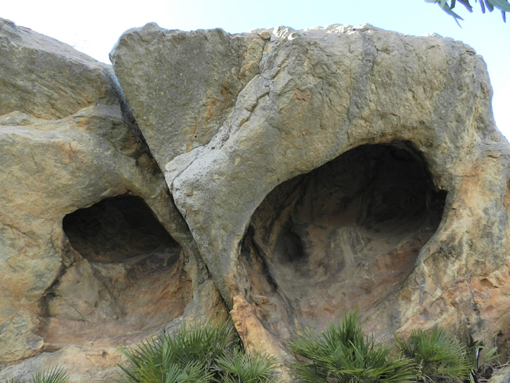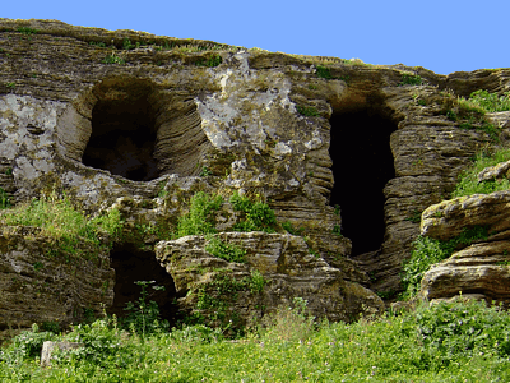The nearly 300 prehistoric caves of the province of Cádiz are one of the twelve most threatened monuments, on the list of "pre-selected", developed by Europa Nostra and the Institute of the European Investment Bank (EIBI), on the occasion of the launch of the European Year of Heritage Cultural.
According to the sources of Europa Nostra informed to EFE, the list, prepared by experts in history, archeology, architecture, conservation, project analysts and economists, is the prelude to the relationship of "the seven most threatened", which is published every year, since 2013, and that will be released on March 15.
Hispania Nostra has been the one who proposed, to the caves and coves of Cádiz, an "exceptional" group, "one of the largest and most important in Europe that spans 20,000 years, from the Upper Palaeolithic to the Iron Age”, as one of "the seven more threatened", after confirming its "constant degradation", mainly by human use and vandalism "derived from tourism”. Its use, as a garbage dump, scratches, graffiti, bonfires has caused, they emphasize,"greater damage" than "natural processes for thousands of years".

Cave del Moro in Tarifa, Cadiz, at Paleolithic art

Cave of Las Palomas in Tarifa

Cave of Ranchiles in Tarifa

Necropolis of Los Algarbes in Tarifa

Cove of El Pajarraco in Los Barrios, (Cadiz)
The approximately 300 caves and coves contain paintings and engravings of animals, human beings and symbols of different styles, which belong mostly to the Schematic Art of the Iberian Peninsula, and nine of the coves and two deep caves also have "unique" paintings of hunter-gatherers, since the Upper Paleolithic.
Hispania Nostra wants to promote, with this action of denunciation, that a detailed inventory and a plan of management of the deposits are made, that measures are imposed to limit and control the visits and conservation measures are taken.
The other monuments in danger, besides Spanish, are the Historical Center of Gjirokastra (Albania); Post-Byzantine churches, in Voskopoja and Vithkuqi (Albania); the historic centre of Vienna; the coal preparation plant, in Beringen (Belgium); the monument Buzludzha (Bulgaria) and the Air Cable Network, in Chiatura (Georgia). It is completed by the Monasteries David Gareji and the Hermitage (Georgia); the castle of Sammezzano, in Tuscany (Italy); the Casino Constanta (Romania); the Prinkipo Greek Orphanage of Princes Islands (Turkey) and the Grimsby Ice Factory (England).
"This list of pre-selected places is, above all, a call to action, and we urgently call on public and private agents at local, national and European levels, to join forces and rescue heritage gems, that narrate a shared heritage that should be saved and passed, on to future generations", says Denis de Kergorlay, Chief Executive Officer (CEO) of Europa Nostra, in a note.
For the President of the Institute of the European Investment Bank, Francisco de Paula Coelho, "safeguarding these twelve places will not only benefit each monument in itself, but the research will also generate socio-economic benefits at the local, regional and national levels".
Well, I hope that you will know something about the past of some sites in Andalusia.
Until my next post, kind regards,
Luis.
Sponsored by Costaluz Lawyers.
Please click below:
